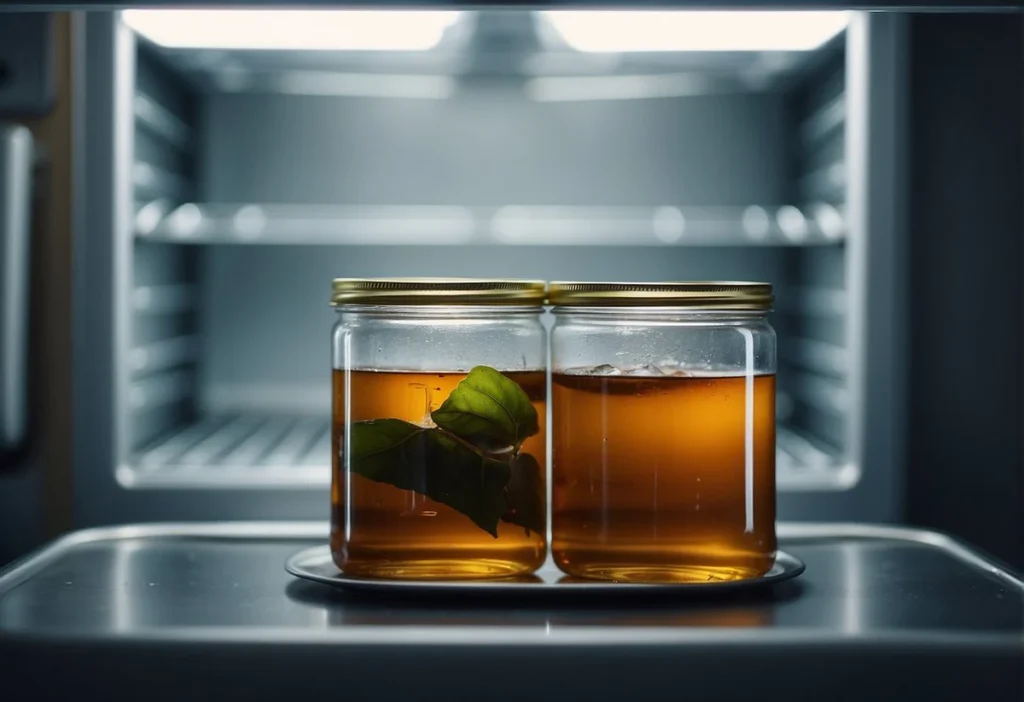How to Store Tea for Maximum Freshness and Flavor
Tea is a delicate product. From the moment it’s harvested and processed, the clock starts ticking on its freshness. Whether you’re a casual tea drinker or a passionate collector, how you store your tea will make all the difference in preserving its aroma, taste, and health benefits.
In this guide, we’ll explore why proper tea storage matters, the enemies of tea freshness, the best storage containers, and specific tips for different types of tea.
Why Proper Tea Storage Matters
Tea leaves contain volatile oils and compounds that give them their unique flavor and aroma. Over time, exposure to air, light, heat, and moisture can degrade these compounds, leaving you with a dull, stale brew. Proper storage protects your investment, ensuring each cup tastes as good as the day you bought the tea.
The Four Enemies of Tea Freshness
- Air (Oxygen) – Speeds up oxidation and causes flavor loss.
- Light – Breaks down delicate compounds, especially in green and white teas.
- Heat – Accelerates the aging process and can “cook” the leaves.
- Moisture – Causes mold growth and ruins the tea completely.

Choosing the Right Container
The container you store your tea in is your first line of defense. Look for:
- Airtight Seal: Prevents oxygen from getting in and preserves aroma.
- Opaque Material: Blocks harmful light (metal tins, dark glass, or ceramic are ideal).
- Food-Safe Lining: Avoid containers with strong odors or reactive metals that can alter taste.
Best options:
- Tin Cans with Lids – Popular for their airtight design and light-blocking properties.
- Dark Glass Jars – Great for displaying tea while keeping UV rays out.
- Ceramic Jars – Traditional and excellent for long-term storage if they have a tight seal.
Ideal Storage Conditions
- Cool Temperature: Store tea in a cool, consistent environment — ideally below 25°C (77°F). Avoid storing near ovens, stoves, or sunny windows.
- Dry Environment: Keep tea away from humid areas like dishwashers or bathrooms.
- No Strong Odors: Tea leaves are absorbent and will pick up nearby smells, so keep them away from spices, coffee, and scented candles.
Storage Tips for Different Types of Tea
- Green and White Tea
- Most delicate and prone to losing freshness quickly.
- Store in airtight containers and consume within 6–12 months of purchase.
- For very fresh green teas like Japanese Gyokuro, refrigeration can help, but only if sealed in airtight, moisture-proof packaging.
- Black Tea
- More robust due to full oxidation.
- Can last 1–2 years if stored properly.
- Avoid refrigeration unless the packaging is moisture-proof.
- Oolong Tea
- Semi-oxidized teas vary in longevity. Light oolongs are more delicate; dark oolongs last longer.
- Keep airtight and away from heat.
- Herbal Tea
- Contains flowers, herbs, and spices that can lose potency faster.
- Store away from light and air, and use within 12 months for best flavor.
Should You Refrigerate Tea?
Refrigeration can extend the shelf life of certain teas — especially high-quality green teas — but it must be done correctly. Moisture is the biggest risk when moving tea in and out of a fridge. To avoid condensation:
- Keep tea in a vacuum-sealed or moisture-proof bag.
- Let the package reach room temperature before opening.
For most everyday teas, room-temperature storage in an airtight container is safer and simpler.

How Long Does Tea Stay Fresh?
Here’s a general guide:
| Tea Type | Shelf Life (Proper Storage) |
|---|---|
| Green Tea | 6–12 months |
| White Tea | 6–12 months |
| Oolong Tea | 1–2 years |
| Black Tea | 1–2 years |
| Herbal Tea | 6–12 months |
Note: These timelines are for best flavor. Tea can still be safe to drink past these times, but the taste and aroma will be diminished.
Final Thoughts
Storing tea properly is as important as choosing a good tea in the first place. By keeping it away from air, light, heat, and moisture, you’ll ensure every cup delivers its full aroma, flavor, and character.
Invest in quality containers, store your tea in the right environment, and enjoy the peace of mind that your tea will taste just as good months from now as it does today.
A good cup of tea starts long before the kettle boils — it begins with how you care for the leaves.


